Exercise and Longevity: Diversify Your Yoga Practice for Maximum Benefits
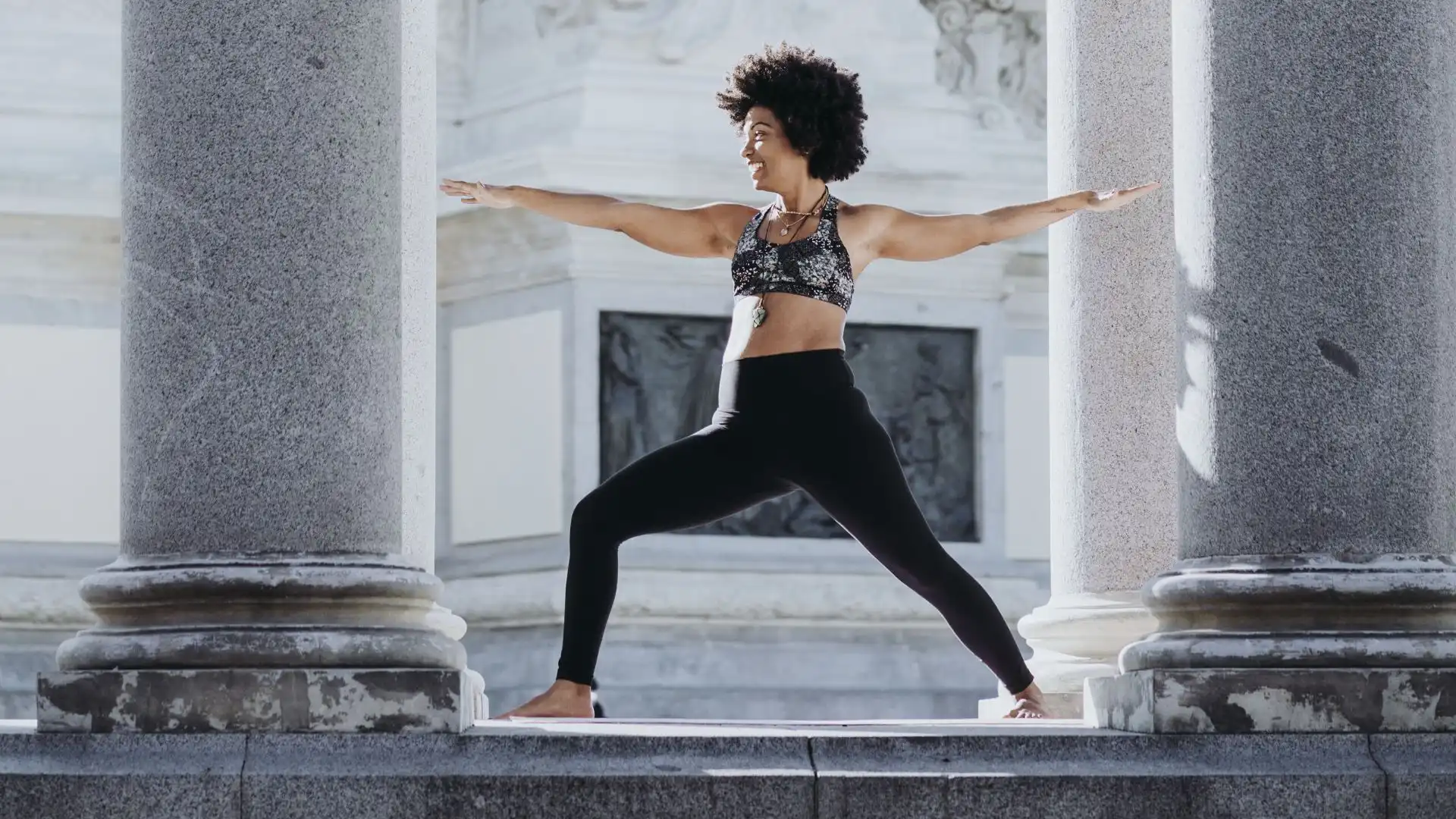
Article At A Glance
Which is the ideal amount of exercise to extend your health span? Research says a minimum of 150 minutes per week with part of that exercise being high-intensity. Here’s how to apply it to your yoga practice.
In asana (posture) practice, we aim for that “sweet spot”—notable physical sensation, but that which causes no harm. This lets us know that we’re opening up muscles and fascia in the body but not straining joints or tearing muscles.
Many experts and informed laypersons have thought the same about exercise, that there’s a “sweet spot” of a healthy amount of activity that will lead to better health and longevity. Two studies, one published in the Journal of the American Medical Association (JAMA) Internal Medicine (JIM) (1) and another described in a New York Times article (2), have further informed this topic.
This research found that a minimum amount of exercise is vital for living longer, with part of that exercise being high-intensity. Results also suggest that exceeding that base amount isn’t harmful.
Researchers compared the death records and reported exercise habits of a large group of study subjects and found that at least 150 minutes of moderate exercise per week can contribute to living a longer life. Similarly, including a minimum of 30 to 40 minutes of high-intensity exercise (running versus walking, for instance) in the 150-minute total appears to further contribute to longevity. There didn’t seem to be an intensity or frequency level at which exercise took away from longevity.
4 Ways Your Yoga Practice Can Enhance Longevity
1. Practice Vinyasa (Flow Yoga) to Maximize Exercise Benefits
By its key characteristics, we can see that yoga practice can target 150 minutes of exercise every week, with vigorous Vinyasa practice as the 30-to 40-minute rigorous portion of it. For instance, 150 minutes weekly, a portion of that being high-intensity work, could be a 90-minute Vinyasa class and a 60-minute “slow flow” class. It could also be two 35-minute and two 40-minute home practices, with 30 to 40 minutes of that total time being vigorous Vinyasa practice.
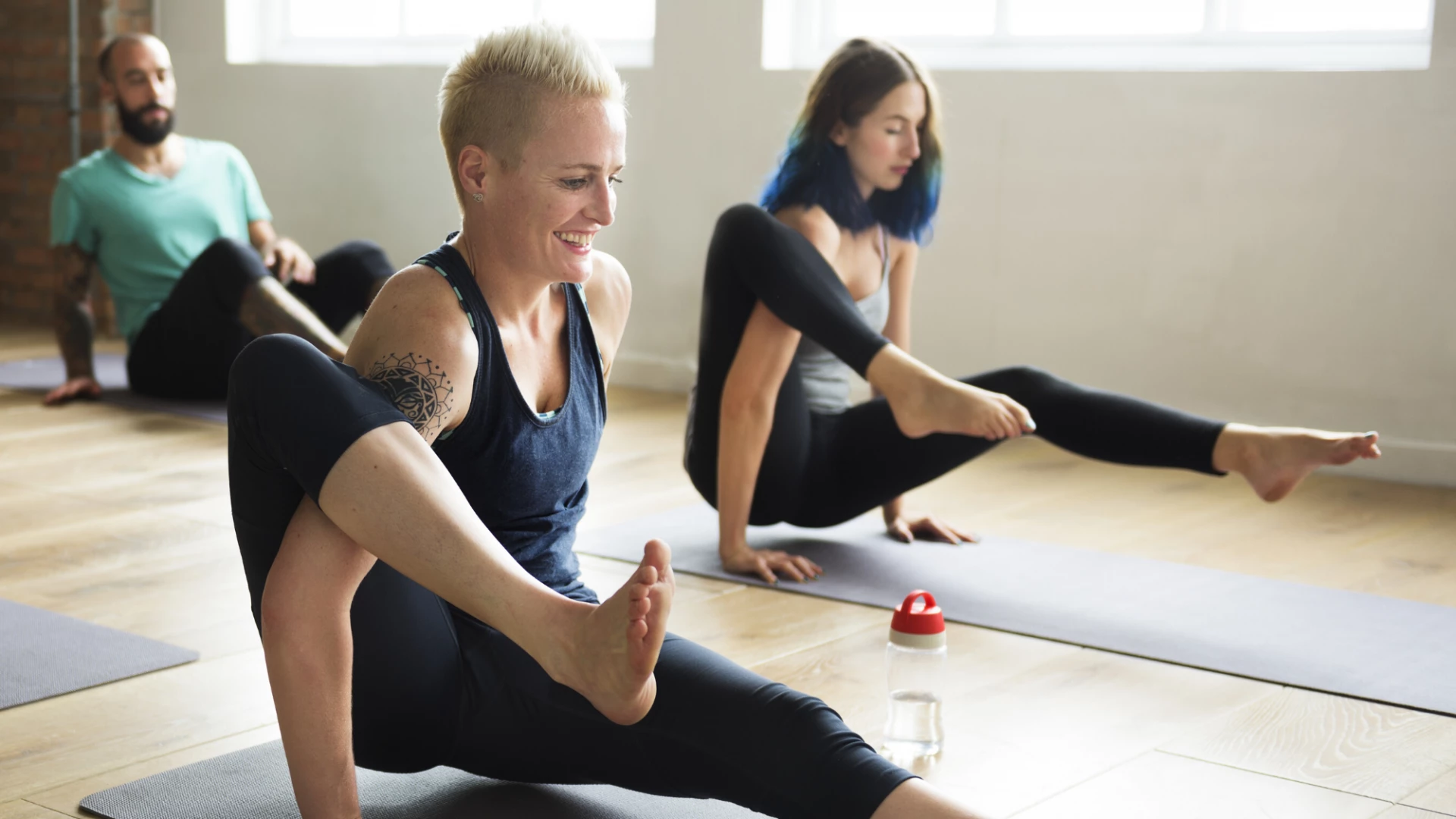
This 150 minutes of practice could be any combination of home, private, or group (class) practice, as long as it equals that duration of physical activity, along with 30 to 40 minutes of vigorous physical activity. Yoga can be particularly adaptable in this regard, as it is, in many other aspects, to deliver this amount of consistent physical activity. It can do so alone or within an overall exercise program that best serves the person (given age, flexibility, aerobic capacity, strength, and other aspects of physical fitness).
2. Add Walking to Your Routine and add Longevity benefits

The study also found that walking is a universally safe and effective form of physical activity. Most healthy, long-living adults do it often! The cardio exercise that walking offers can be a useful alternative to 30 to 40 vigorous minutes of high-intensity Vinyasa. So long as it’s at a “power-walking” speed, one can certainly count this walking within that minimum of 150 minutes of weekly physical activity.
3. Diversify your Practice: Add Meditative and Breathwork Aspects of Yoga
The walking you practice could even be walking meditation. Meditation is at the heart of yoga practice. Walking meditation allows one to enjoy sensory gifts from nature—the smell of flowers, birds’ songs, et cetera—or to merely listen to the sound of their footsteps.
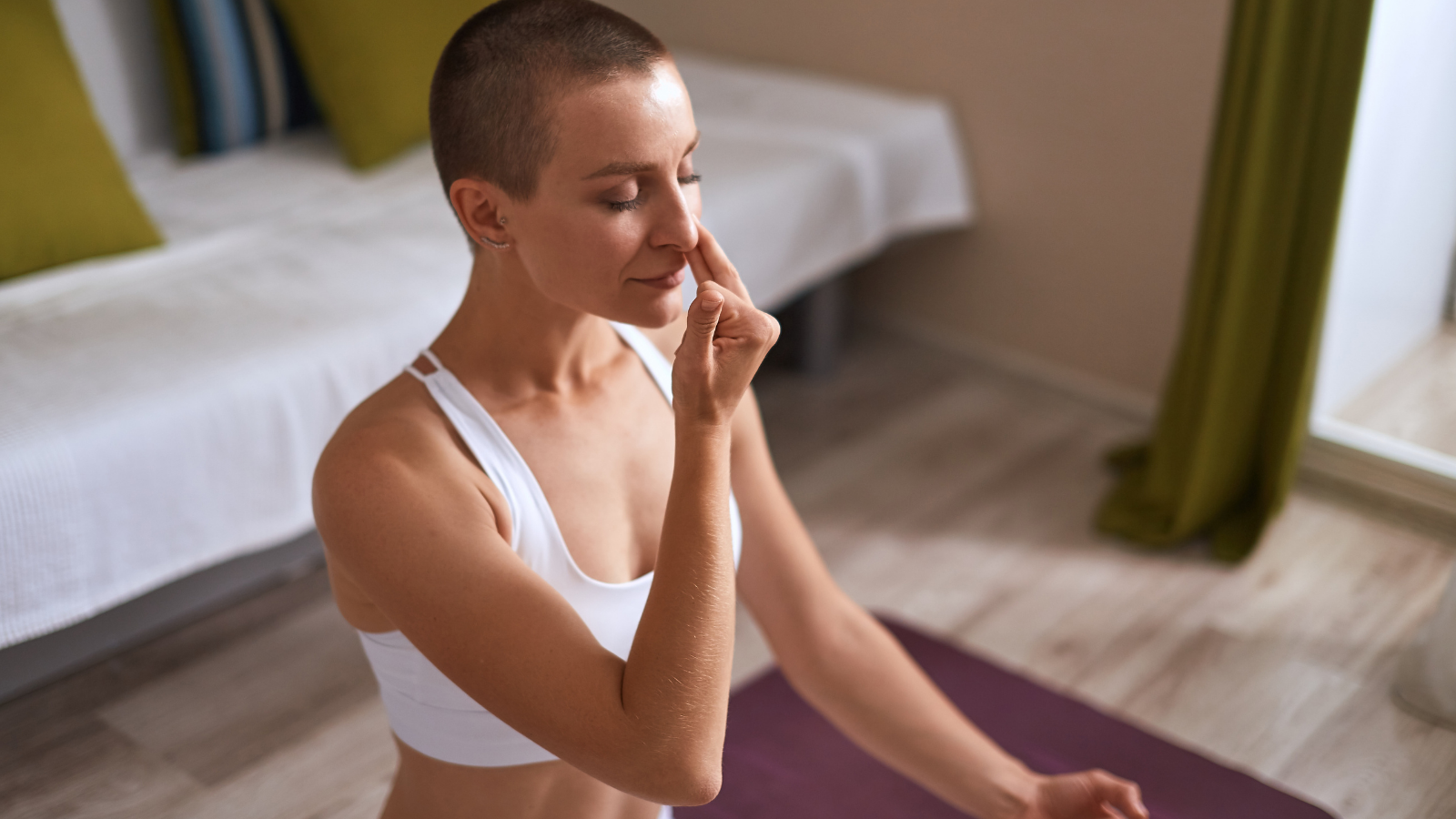
One can even practice basic pranayama (breathwork, yet another aspect of yoga practice) while walking, so long as it doesn’t lead to shortness of breath. This pranayama could be Ujjayi breath (a gentle, wave-like rasping sound from a slight closure of the back of the throat), or “timed breath” (for example, four counts of inhalation, one count of hold and four counts of exhalation). Who knows? These additions to your walking could even make you look forward to it!
4. Stay Conscious of Your Health in General for Maximum Benefits
We must also remember that longevity has many determining factors apart from exercise. For example, certain studies reveal that aspects such as a strong social support system (particularly of close friends), a positive attitude toward aging, continuing education, and finding meaning after loss all contribute to greater longevity. This is not to say that exercise, as well as diet, don’t also have significant effects on longevity.
As Cohen states in her research review article, we can’t eat kale and do daily cardio and expect that this alone will lead to a long, healthy life. As described, this helps explain why some people can have a very healthy diet and get regular exercise and still pass away relatively young, while others eat junk food, rarely exercise, and live long lives.
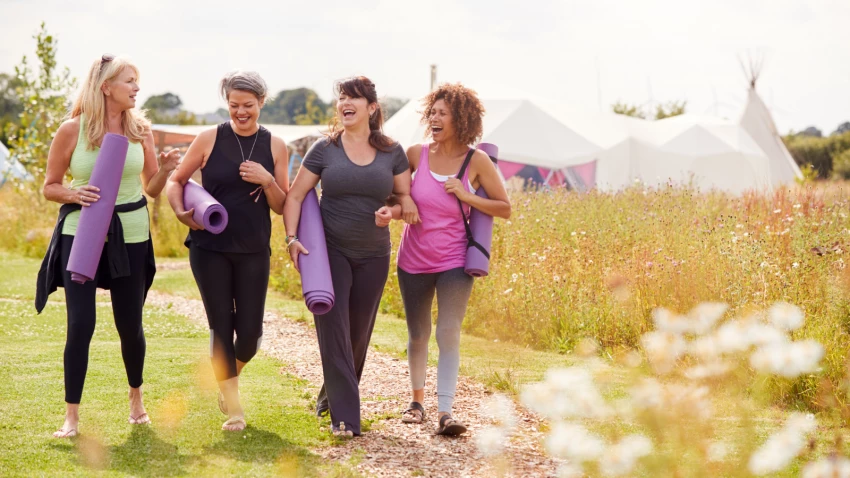
With every aspect of health, there’s evidence that it’s best to regard longevity holistically, acknowledging that the health of the body, mind, and spirit all contribute to the overall health of the individual. Regarding physical activity, if you have a choice to go for a long run or to practice yoga, thinking in holistic terms might have you running (or power walking) to the studio (if you live within a reasonable distance). That will bring yogic benefits, along with the high-intensity exercise that the study in the JIM highlighted.
As another example of thinking holistically, if you notice that you’ve already gotten your 150 minutes of physical activity this week, with 30 to 40 minutes of that as high-intensity exercise, maybe you instead choose to read up on a favorite topic or have coffee with a friend. Another option would be to go to yoga with a friend and read together on a coffee date afterward. That could be the best of all worlds, and as the JIM study shows, getting more than that amount of exercise is most likely not in any way dangerous! Ultimately, wellness is about making choices toward being your best self—in body, mind, and spirit.
Yoga can further attune us to thinking in these holistic terms. As we regard body, mind, and spirit in our practice, we might very well find ourselves in the habit of seeing body, mind, and spirit in how we work toward living a long, healthy life. For example, we can seek a minimum of 150 minutes per week of exercise, with a minimum of 30 to 40 minutes of high-intensity exercise. Regarding mind and spirit, we can keep learning, stay positive, and keep ties with treasured friends. These things can be essential ingredients for a long, meaningful, and fulfilling life.
References
- Arem H, Moore SC, Patel A, et al. “Leisure Time Physical Activity and Mortality: A Detailed Pooled Analysis of the Dose-Response Relationship.” JAMA Internal Medicine. 2015;175(6):959-967. doi:10.1001/jamainternmed.2015.0533
- Reynolds, G. “Secret to Longevity? 4-Minute Bursts of Intense Exercise May Help.” The New York Times, December 23, 2020
Also, read...
Teaching Svadhyaya: 3 Ways to Encourage Self-Study in Yoga
In Celebration of Gray-Haired Yoga – Busting the Myth of the Yoga Body
Related courses
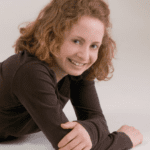
Kathryn Boland is an RCYT and R-DMT (Registered Dance/Movement Therapist). She is originally from Rhode Island, attended The George Washington University (Washington, DC) for an undergraduate degree in Dance (where she first encountered yoga), and Lesley University for an MA in Clinical Mental Health Counseling, Expressive Therapies: Dance/Movement Therapy. She has taught yoga to diverse populations in varied locations. As a dancer, she has always loved to keep moving and flowing in practicing more active Vinyasa-style forms. Her interests have recently evolved to include Yin and therapeutic yoga, and aligning those forms with Laban Movement Analysis to serve the needs of various groups (such as Alzheimer’s Disease patients, children diagnosed with ADHD, PTSD-afflicted veterans – all of which are demographically expanding). She believes in finding the opportunity within every adversity, and doing all that she can to help others live with a bit more breath and flow!
- Reynolds, Gretchen. “The Right Dose of Exercise for a Longer Life.” The New York Times, 15 April 2015.
- JAMA Intern Med. 2015 Jun;175(6):959-67. doi: 10.1001/jamainternmed.2015.0533.
- https://www.ncbi.nlm.nih.gov/pubmed/25844730
- https://www.ncbi.nlm.nih.gov/pubmed/25844882



